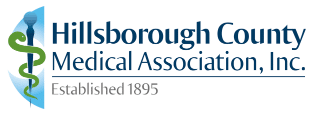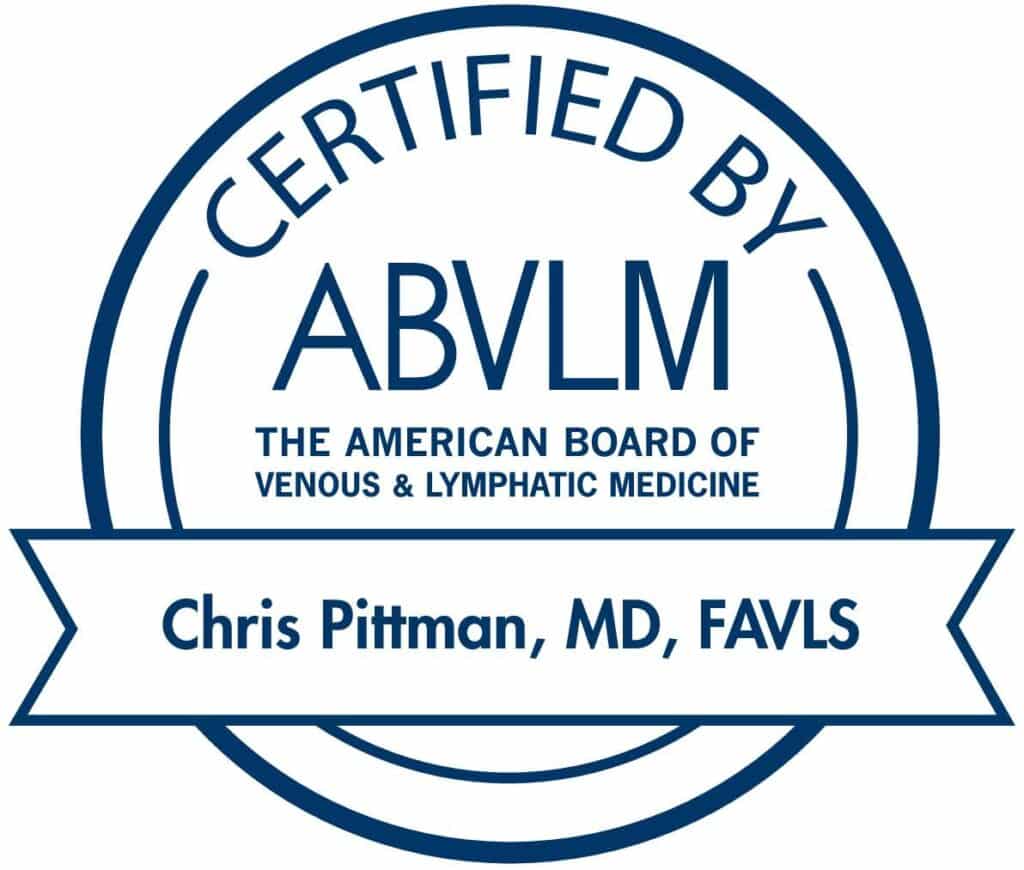Pregnancy’s Impact on Varicose Veins
Pregnancy increases hormone levels and blood volume, which causes veins to enlarge.
Varicose veins in pregnant women usually develop during the first trimester (long before the uterus has enlarged significantly) indicating the major role of hormone changes in the development of varicose veins. In the second and third trimesters, the enlarging uterus also causes increasing pressure on the surrounding veins. Successive pregnancies greatly increase the risk of developing abnormal veins. Although varicose veins during pregnancy often improve within a few weeks after delivery, abnormal veins beyond about three months are unlikely to resolve.
Why do Varicose Veins Occur During Pregnancy?
Varicose veins often occur when your uterus puts pressure on the inferior vena cava, which is the large vein that takes blood back to your heart from the legs and feet. Varicose veins generally appear in the legs, rectum, and genital area, and sometimes they’re uncomfortable, itchy, or painful.
Increased blood volume during pregnancy, as well as spikes in certain hormones also contribute to the development of varicose veins during pregnancy. Varicose veins may be hereditary, which means you probably can’t prevent them. However, they’re usually harmless.
Risk Factors of Developing Varicose Veins While Pregnant
In addition to being pregnant and developing varicose veins, other factors may speed up the development of this disease and make the veins worse, including prolonged standing or sitting, obesity, age, and physical trauma.
Although many people have heard of varicose veins, it is important to know that there is more to be concerned with than just the unsightliness of varicose veins. The is a possibility of varicose veins developing into a serious medical problem, which can compromise the skin’s nutrition and could lead to swelling, eczema, inflammation, and even ulceration of the lower leg. Varicose vein treatments are usually covered by insurance.
How to Prevent Varicose Veins during Pregnancy
Even if varicose veins are a part of your pregnancy, you can avoid making them worse and reduce some of the discomforts that comes with them. A few helpful tips include:










